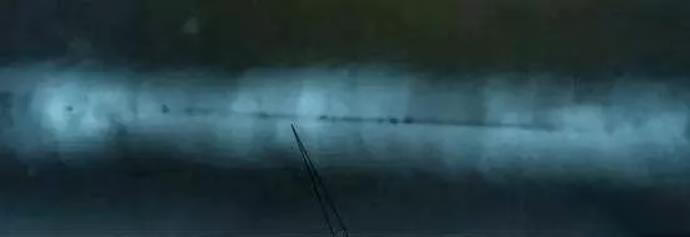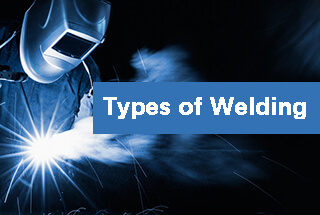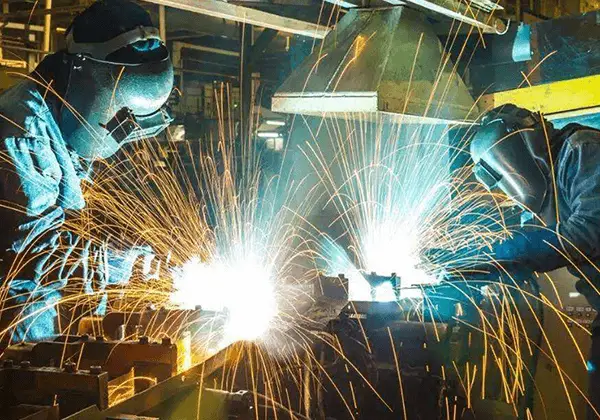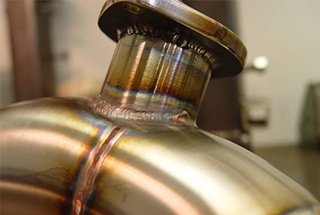1. Influence of welding current, arc voltage and welding speed on weld seam
1. Welding current
When the welding current increases (under constant other conditions), the weld penetration and reinforcement also increase, while the melting width remains unchanged or slightly increases. The reasons for these changes are as follows:
① The increase in current leads to an increase in arc force and heat input on the workpiece, causing the heat source position to move downward and resulting in an increase in penetration. The penetration is nearly proportional to the current.
② The increase in current results in a proportional increase in the melting amount of welding wire, leading to an increase in reinforcement since the melting width remains nearly constant.
③ The increase in current causes the diameter of the arc column to increase, but it also results in an increase in the depth of the arc into the workpiece, with the moving range of the arc spot being limited. As a result, the melting width remains nearly unchanged.
2. Arc voltage
As the arc voltage increases, the arc power and workpiece heat input also increase. This leads to an increase in arc length and distribution radius, resulting in a slight decrease in penetration and an increase in melting width.
However, the increase in melting width results in a decrease in reinforcement, and a slight decrease in the melting amount of welding wire.
3. Welding speed
As the welding speed increases, linear energy decreases and the result is a decrease in penetration, width, and reinforcement. This is because the amount of welding wire metal deposited per unit length of the weld decreases as the welding speed increases. Additionally, the melting width decreases proportionally to the square of the welding speed.
2. Connection method
DC Positive Connection: The workpiece is connected to the positive terminal of the welding machine, and the welding torch is connected to the negative terminal of the machine.
DC Reverse Connection: The workpiece is connected to the negative terminal of the welding machine, and the welding torch is connected to the positive terminal.
In general, the depth and width of penetration in DC reverse welding are greater than in DC positive welding. This is due to the high energy release from the workpiece, which acts as the cathode.
When using DC positive connection, the welding wire acts as the cathode, resulting in a high melting rate of the wire.
In TIG welding, the depth of penetration is greatest with DC positive connection and smallest with DC reverse connection.
Welding aluminum, magnesium, and alloys requires removing the oxide film on the surface of the molten pool, making AC welding a better option. DC reverse connection is suitable for welding thin plates, while DC positive connection is typically used for welding other materials.
3. Weld forming defects and causes of defects
1. Incomplete penetration
In fusion welding, incomplete penetration at the root of the joint is referred to as “incomplete penetration.”
The reasons for this defect include low welding current, high welding speed, improper groove size, and misalignment of the welding wire with the center of the weld.
This defect is commonly seen in short-circuit transition CO2 welding with a fine wire due to low heat input to the workpiece.

2. Burn through
In fusion welding, when molten metal flows out from the back of the weld and creates a hole, it is referred to as “burn through.”
This defect may occur due to excessive welding current, a too-small welding speed, or a gap groove that is too large.

3. Undercut
In the base metal near the weld, a depression or groove created by burning is referred to as “undercut.” This defect may occur during high-current and high-speed welding.
If the fillet weld with a vertical web is welded with a weld leg that is too large or with too high a voltage, undercut can also occur. Improper operation during butt joint welding can also result in undercut.

4. Weld bead
In fusion welding, when molten metal flows to the unfused base metal outside the weld and forms a protrusion, it is referred to as a “weld bead.
Weld beads can be caused by an excessive amount of filler metal, which is often associated with small gap and groove size, low welding speed, low voltage, or a large extension length of the welding wire.



